Toes to Knows Climbing Academy
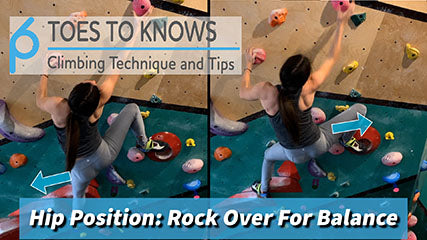
Academy: Shift Hips for Better Balance
Proper balance is critical for good rock climbing. Properly positioning your center of gravity is the best way to create balance, and your hip position is the dominant driver for...
Academy: Shift Hips for Better Balance
Proper balance is critical for good rock climbing. Properly positioning your center of gravity is the best way to create balance, and your hip position is the dominant driver for...
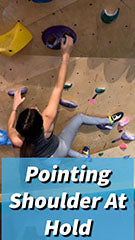
Academy: Point Your Shoulder at the Next Hold
If you struggle with staying in balance when climbing, try to pointing your shoulder at the next handhold you’re trying to reach. Shoulder pointing makes reaches easier and helps you...
Academy: Point Your Shoulder at the Next Hold
If you struggle with staying in balance when climbing, try to pointing your shoulder at the next handhold you’re trying to reach. Shoulder pointing makes reaches easier and helps you...
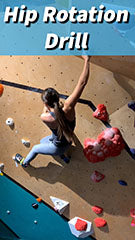
Academy: Hip Rotation Drill
Proper hip rotation is a critical skill in efficient climbing. Lots of beginning climbers tend to climb with their hips square to the wall the entire time. Sometimes this is...
Academy: Hip Rotation Drill
Proper hip rotation is a critical skill in efficient climbing. Lots of beginning climbers tend to climb with their hips square to the wall the entire time. Sometimes this is...
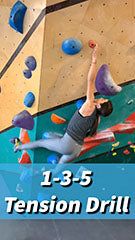
Academy: 1-3-5 Core Tension Drill
Last week I described X-motion, which is a dominant movement pattern for quality climbing. One of the keys in X-motions is to have sufficient core tension to maintain a stable...
Academy: 1-3-5 Core Tension Drill
Last week I described X-motion, which is a dominant movement pattern for quality climbing. One of the keys in X-motions is to have sufficient core tension to maintain a stable...
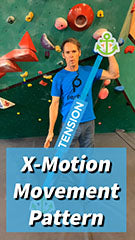
Academy: X-Motion Movement Pattern
X-motion is my name for the most basic movement pattern used in quality climbing. X-motion creates balance by anchoring your body in a series of X’s as you ascend a...
Academy: X-Motion Movement Pattern
X-motion is my name for the most basic movement pattern used in quality climbing. X-motion creates balance by anchoring your body in a series of X’s as you ascend a...
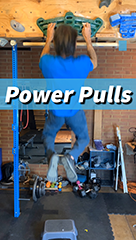
Academy: Power Pulls
Power is force applied quickly and it’s an important skill for hard rock climbing. The campus board is the classic way that climbers train power, but it’s not the right...
Academy: Power Pulls
Power is force applied quickly and it’s an important skill for hard rock climbing. The campus board is the classic way that climbers train power, but it’s not the right...
